Researchers Find That Birds Are Using Anti-Bird Spikes to Build and Protect Their Own Nests
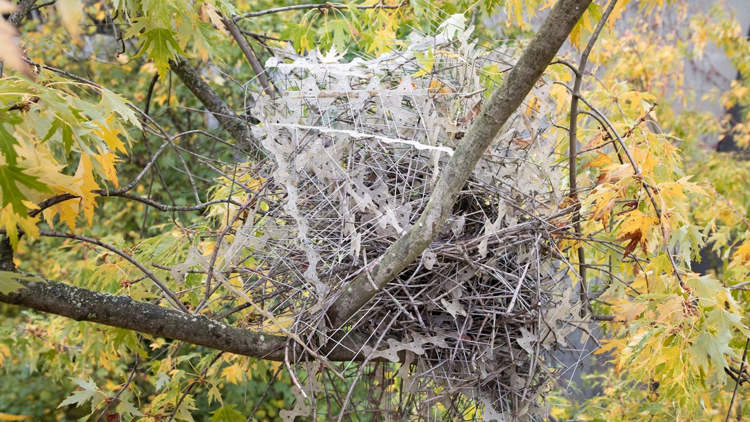
A team of Dutch researchers has discovered that magpies and crows are using metal spikes designed to keep them away from certain urban areas to reinforce their own nests and keep intruders at bay. Scientists have known for a while that magpies and crows are some of the most intelligent birds in the world, but […]
Ready to Cook – The Controversial World of Featherless Chicken
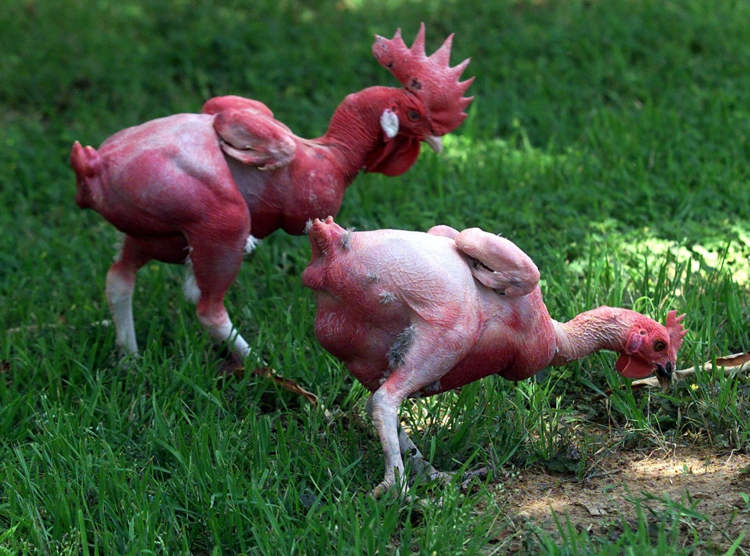
Featherless chicken is a relatively new breed of poultry created through selective breeding in order to combat a very common problem – overheating. However, the so-called ‘naked chickens’ have yet to become mainstream. Commercial broiler chickens are genetically prone to eat more and gain weight very fast which causes their body metabolism to operate at […]
World’s Most Expensive Cow Is Priced at a Staggering $4.3 Million
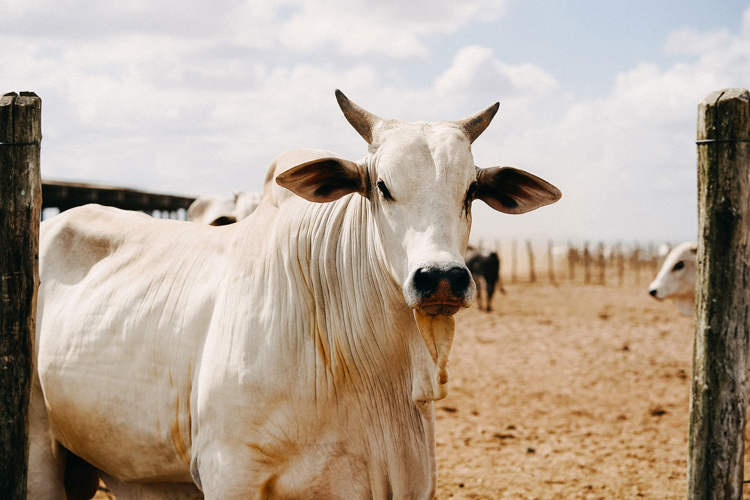
A 4-and-a-half-year-old Nelore breed cow known as Viatina-19 FIV Mara Imóveis was recently priced at $4.3 million, making it the most expensive cow in the world by a large margin. One-third of the ownership of the cow was recently sold at an auction in Arandú, Brazil for 6.99 million real ($1.44 million), putting its total […]
Fisherman Forms Touching Bond with 4-Meter-Long Crocodile

An Indonesian fisherman claims to have shared a friendship with a four-meter-long saltwater crocodile for over 20 years and calls the reptile part of the local community. 59-year-old Ambo, a fisherman from Bontang City, in Indonesia’s East Kalimantan, has become somewhat of a celebrity in his country because of his unusual friendship with a giant […]
Ayam Ketawa – Indonesia’s Hilarious-Sounding Laughing Chickens
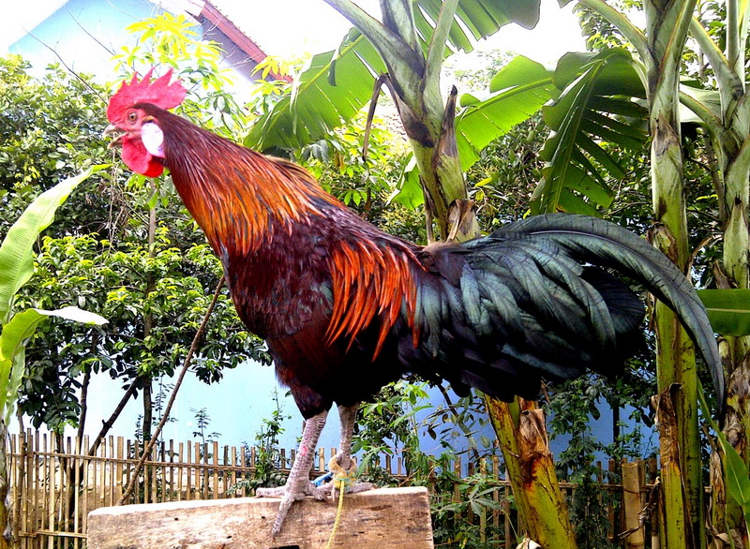
Ayam Ketawa, or the Indonesian laughing chicken, is a breed of long-crowing chicken known for the clarity of its crow, which has an unusual similarity to a human laugh. Originating from Indonesia’s South Sulawesi province, the Ayam Ketawa was originally a status symbol for the region’s Buginese royal family. Its captivating appearance made it a […]
Mutant Pigeon With Puffed-Out Chest and Long Legs Baffles Internet
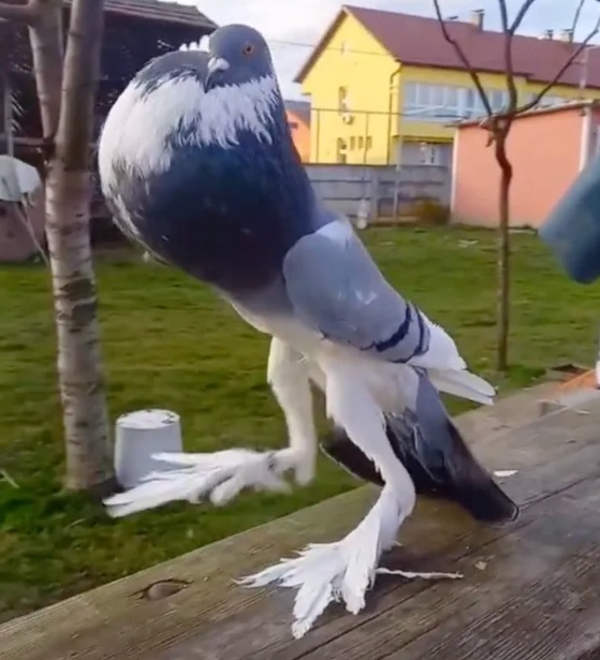
Photos and clips of a proud-looking pigeon with its chest puffed out like a cartoon character and impressively long legs have been getting a lot of attention online. The “chad pigeon” went viral after a UK pigeon breeder shared a clip of their impressive-looking bird on TikTok, where it quickly went viral. Million of people […]
Poppy Farmers Struggle to Get Rid of “Opium-Addicted” Swans

A family of poppy farmers in Slovakia has been having trouble getting rid of hundreds of swans that have become addicted to poppy seeds and sometimes even overdose on them. Poppy farmers near the Slovakian town of Komarno first reported the presence of swans in their fields back in February. It is believed that they […]
This Metallic ‘Chicken Orb’ Is Sparking Heated Online Debates
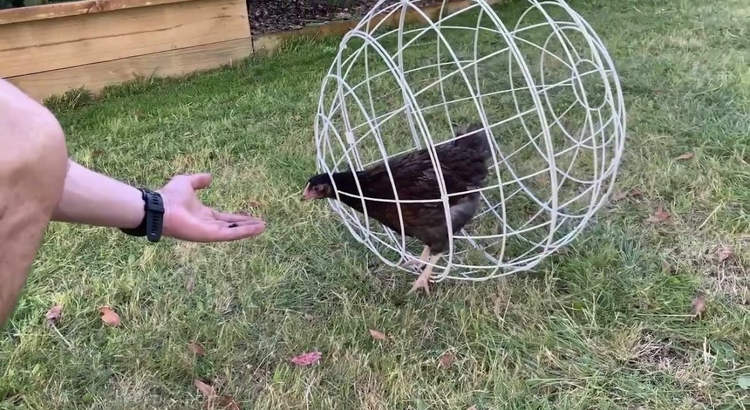
The ‘Chicken Orb” is a sphere made of metallic wire that allows chickens to move around and forage freely while preventing them from jumping onto flower beds and other places they’re not supposed to go into. The Chicken Orb has been around for at least a couple of years, but it only recently started getting […]
World’s First Unchewable Flip-Flops Could Save Your Dog’s Life

Created by Brazilian flip-flop brand Brizza, in collaboration with Pedigree and advertising agency Mirum Brazil, the world’s first unchewable flip-flops are made with the most bitter substance known to man. Dogs’ love for chewing footwear is well documented. Pups do it to release pain as their teeth grow, other dogs do it out of boredom […]
The World’s Strongest Animal Can Lift 1,180 Times Its Own Body Weight
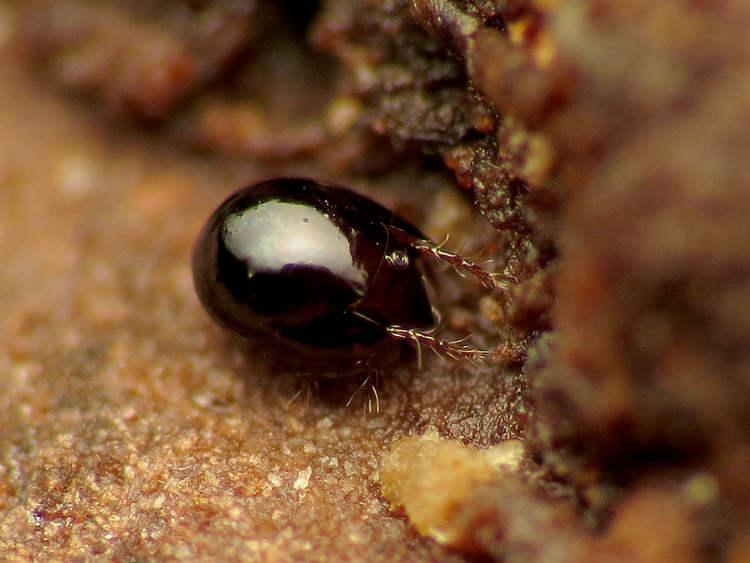
Measuring about 1 millimeter in size, the oribatid mite or armored mite is recognized as the strongest creature on Earth. It can lift over 1,000 times its own body weight. For us humans, being able to lift even double our own body weight is an impressive athletic achievement, but that pales in comparison to the […]
Thai Businessman Drinks Crocodile Blood Twice a Day to Stay in Shape

A businessman from southern Thailand recently went viral for claiming that the secret to his good health is to drink crocodile blood mixed with alcohol twice a day. Rojakorn Nanon, a 52-year-old man from Thailand’s Trang province, starts his day with a glass of crocodile mixed with a Thai spirit called lao khao, and has […]
This Tiny Adorable Bird Is the World’s Smallest Bird of Prey
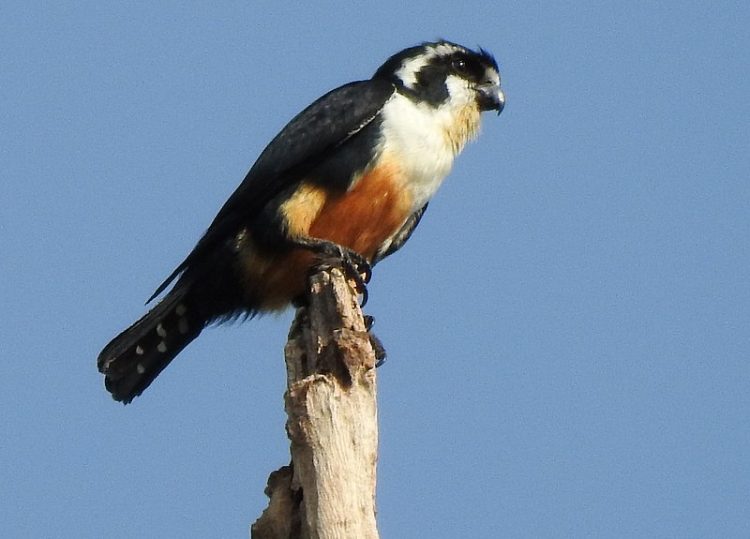
The black thighed falconet is no larger than a sparrow, but don’t let its size fool you, as this tiny bird is a ruthless predator capable of killing prey its own size. Falconets are the smallest birds of prey in the world, with the black thighed falconet (Microhierax fringillarius) and the Bornean falconet (Microphierax latifrons) […]
Body-Snatching Parasite Turns Male Crabs into Females
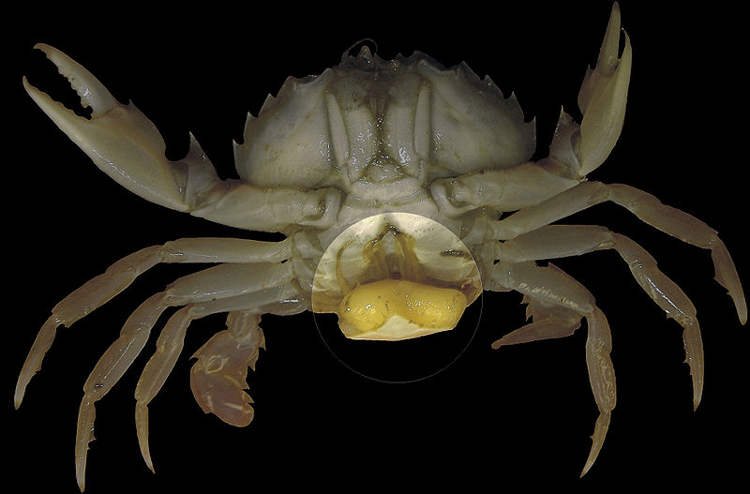
Sacculina carcini is a common species of barnacle that not only attaches itself to various species of crab, forcefully castrating males and turning them into females willing to care for and release their eggs. Most barnacles spend their entire existence attaching themselves to underwater rocks or the bottoms of ships and just filtering food from water, […]
How a Popular Anime Caused Japan’s Raccoon Infestation

Raccoons are not native to Japan, yet in the last few decades, the furry critters have become naturalized in 44 of the country’s 47 prefectures, causing all sorts of problems for humans and other animal species. And to think it all started with a cute anime series… In 1963, American writer Sterling North launched his […]
Labrador Becomes First Dog to Be Treated for Canine Alcohol Addiction

Vets in Plymouth, UK, scrambled to save the life of an alcoholic labrador retriever that had become addicted to booze because its late owner kept leaving his drinks outside overnight. Coco, a two-year-old Labrador cross, almost lost his life and spent a month in intensive care after becoming addicted to alcohol. Staff at the Woodside […]
